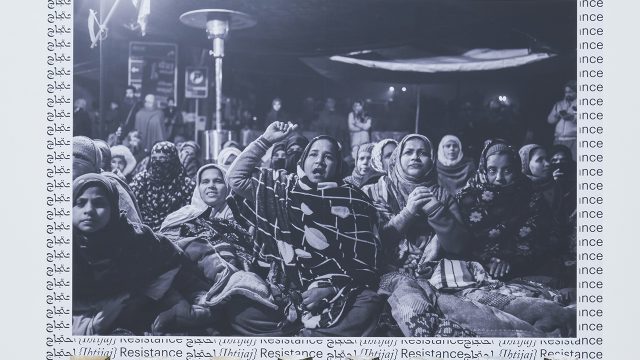
It was International Women’s Day this month so to mark the occasion, I have selected this colour etching by Judith K. Brodsky, made for a portfolio of 12 prints in 1977 to commemorate the foundation of this annual day of celebration and awareness raising.
Entitled ‘Dishrag Diagrammatic’, we might not recognise it as a cleaning cloth if it weren’t for the title, but once known this could be interpreted in multiple ways. The colours are too beautiful for your average cloth, subtly elevating this humble tool into an object of beauty. It could be interpreted as a flag, albeit one torn in two. Diagrammatic also suggests some form of instruction. In the context of second-wave feminism and the women’s liberation movement of the 1970s especially, the dishrag prompts a critique of how binary gender roles affect society. Today we naturally consider how much has really changed.
Judith Brodsky was also one of the earliest movers and shakers in the Women’s art movement in the USA, helping create a women’s artist festival in Philadelphia in the 1960s. She also set up the Rutgers Center for Innovative Print and Paper in 1986 at Rutgers University, New Jersey, which in 2006 was renamed the Brodsky Center in her honour. In 2018 the centre relocated to a new state of the art printing facility at the Philadelphia Academy of Fine Arts (PAFA). Over the last half a century, Brodsky has been a major force in the development of printmaking in the USA, being one of the first to platform Indigenous, African-American, and Latin-American printmakers in larger cultural institutions. She has generously gifted the V&A several works including Margo Humphrey’s ‘The History of Her Life Written Across Her Face’.


